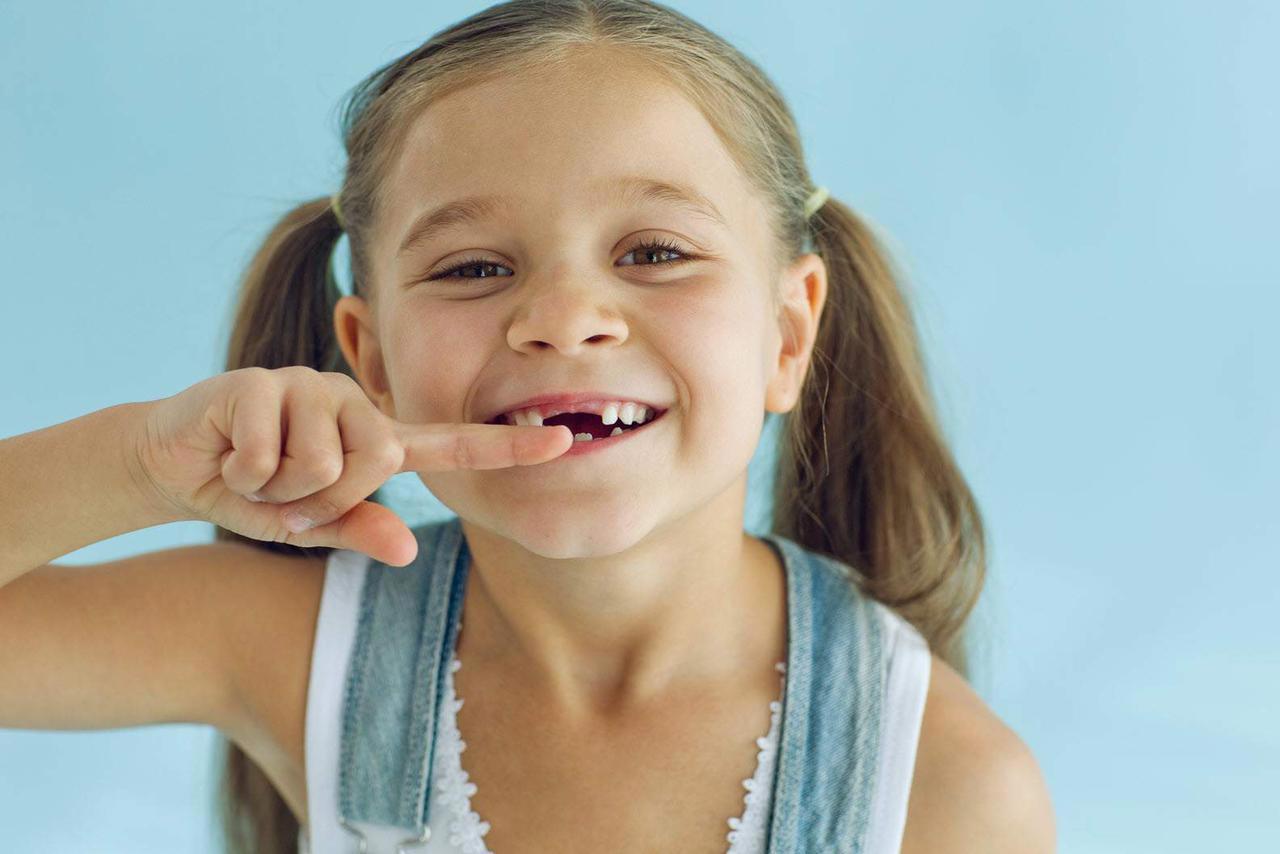
There’s cause for celebration when your baby’s first tooth pops into the world, and by preschool age, there’s a whole party happening in your child’s mouth!
On average, your tyke will have sprouted their full set of baby teeth by the age of three, and after a few years of biting, chewing and smiling, things are on the move.
Little teeth get wobbly around the age of six and seven, and over time, your child’s 20 baby teeth will be replaced by 32 adult ones.
Most baby teeth are gone by the age of 12, with permanent molars emerging in teenage-hood and early adulthood, but there’s no strict timeframe for the Tooth Fairy’s visits.
Different kids lose teeth earlier or later, but all teeth tend to come and go in the same order, with the bottom pegs usually arriving and departing first.
If you ever have any concerns with your children's oral care or wish to normalise what can be a confronting time for a child, you should consult a dentist.
What teeth will your child lose?
Kids have an even number of teeth, top and bottom, and they’re actually born with all 20 baby teeth in their gums.
These non-permanent, primary teeth consist of:
- Central incisors, the front two teeth, top and bottom
- Lateral incisors, the single teeth on either side of the central incisors
- Canines (aka cuspids), the single teeth next to each lateral incisor
- First and second molars, the big teeth next to the canines
When do kids lose their teeth?
Generally, the primary teeth shed between six and seven years old (as discussed in detail below). But children are also at risk of losing their teeth due to sustained damage caused by trauma from a play injury or a car accident.
Although you can’t predict the date a tooth will go, you can expect your child to lose their baby teeth in this order and these age brackets:
- Lower central incisors (two bottom front teeth), ages six to seven
- Upper central incisors (two top front teeth), ages six to seven
- Lateral incisors, ages seven to eight
- First molars, ages nine to 11
- Lower canines, ages nine to 12
- Upper canines, ages 10 to 12
- Second molars, ages 10 to 12
Except in cases of misadventure or decay, baby teeth usually stay where they are until they’re pushed out by adult teeth. Girls generally lose teeth earlier than boys, and if your child gets their baby teeth early, they’ll likely lose them early (with some kids naturally losing their first tooth at ages four or five).
What should you do when teeth come loose?
Losing a tooth – and especially the first one – can be alarming for your child, so explain that this is a normal part of life and that big teeth will replace their baby ones.
The Tooth Fairy is magical way to transform worries into wonder, and there are lots of great books about wobbly and lost teeth to entertain your child and normalise the experience.
A loose tooth might make it painful to bite or chew, but maintain a healthy diet, with soft food options, and ask your pharmacist or dentist for advice if the pain is troubling.
Although some wobblers get accidentally knocked out, or deliberately yanked out, the experts say it’s best to let loose teeth fall out on their own to avoid hurting gums and neighbouring teeth.
Diligent dental care continues to be important as big and little teeth come and go, so:
- Remind your child to brush their teeth morning and night, being gentle with wobbly teeth and sensitive gums. Provide assistance as needed and supervision until they’re at least eight.
- Time your child’s brushing. Experts recommend brushing for at least two minutes to remove as many food particles and bacteria as possible. Brushing the teeth for less than this period increases the risk of developing dental caries because of quick plaque build-up.
- Help your child floss between their teeth once daily, before bed. To help your kid adopt this dental practice, you can watch video tutorials about proper dental flossing with them, which also doubles as a great bonding experience. Many parents create videos of their children flossing their teeth that your kid can also relate to, encouraging them to do the same.
- Serve a balanced diet, with limited mid-meal snacks and sugar. Drinking water after eating is also a good habit.
- Take them for regular dental check-ups, every six to 12 months. A dental appointment is also recommended if an adult tooth has emerged, but the baby tooth remains in its spot two or three months later. An orthodontist can also help if you’re worried about over-crowding or early/late tooth loss.
- Remind your child to use their teeth for eating purposes only. Some people open cans, bottles, and foil packages using their teeth, which are unhealthy practices. They can cause damage to the teeth and gums, possibly causing cracked or missing teeth. Moreover, you should also consult a dentist for children if your kid is thumb-sucking because this poor habit can also negatively affect dental health.
Consulting a dentist can help you know what to expect in your kid’s dental development milestones. They can also help you effectively teach your child about good dental hygiene and choose appropriate treatments, especially for tooth decay.
All up, it takes about six years for your child’s baby teeth to fall out, and the oral hygiene lessons you impart early on set them up for life.
At child care, positive messages about health and wellbeing support this home learning, and if you’re looking for a centre that educates and cares, search Toddle.